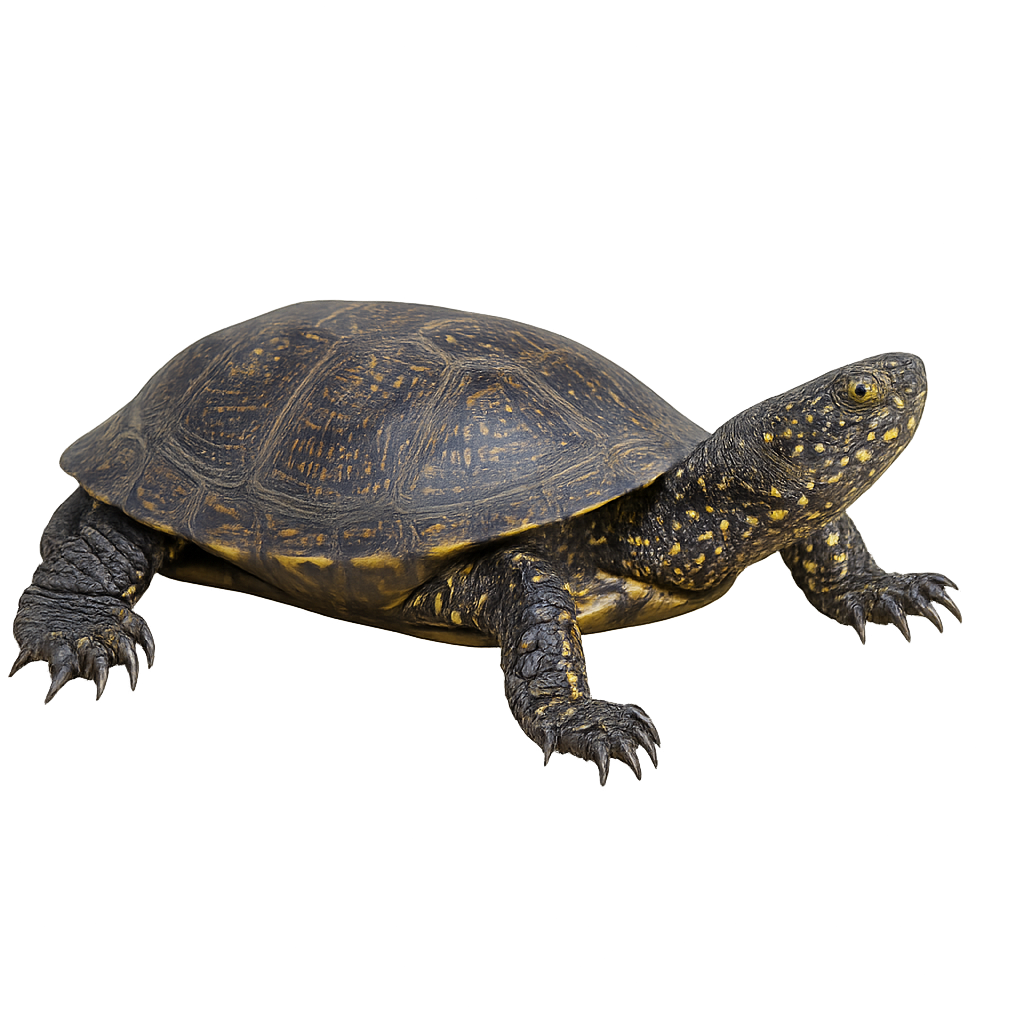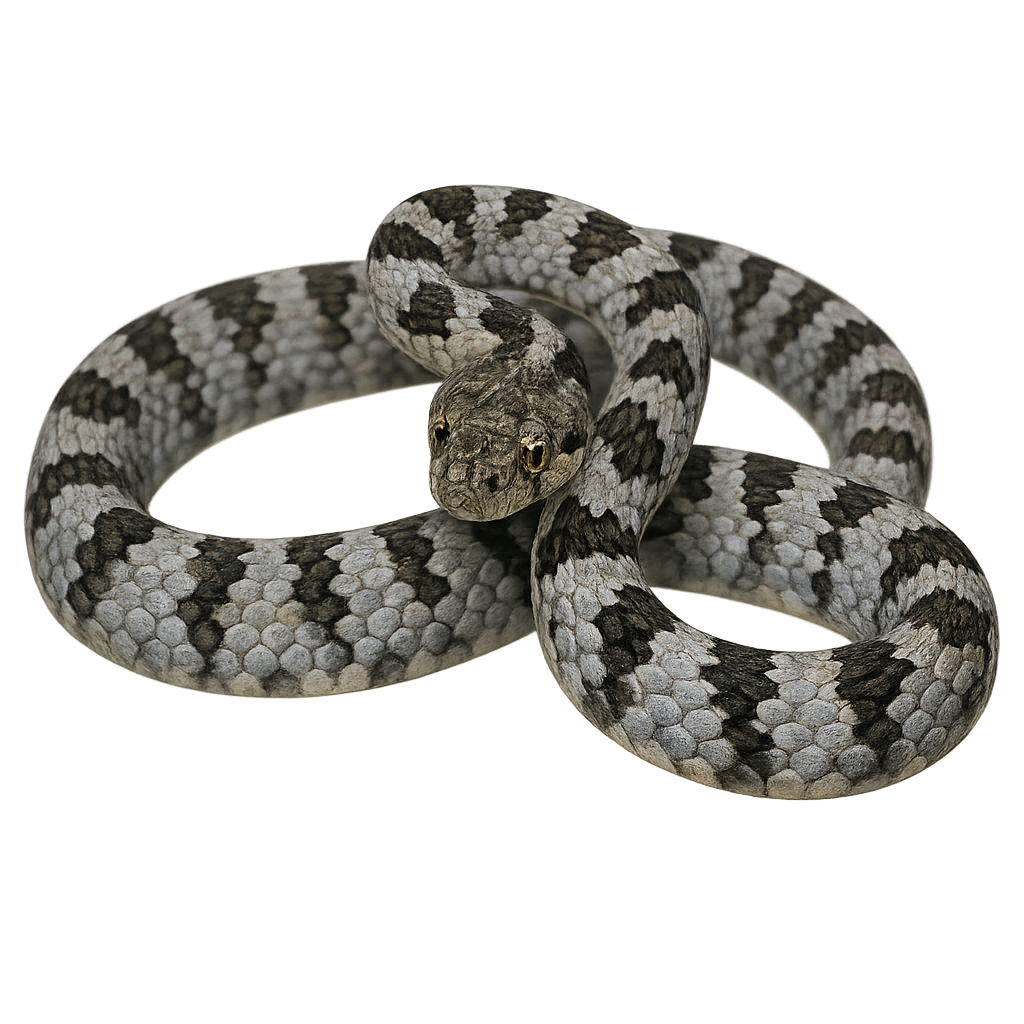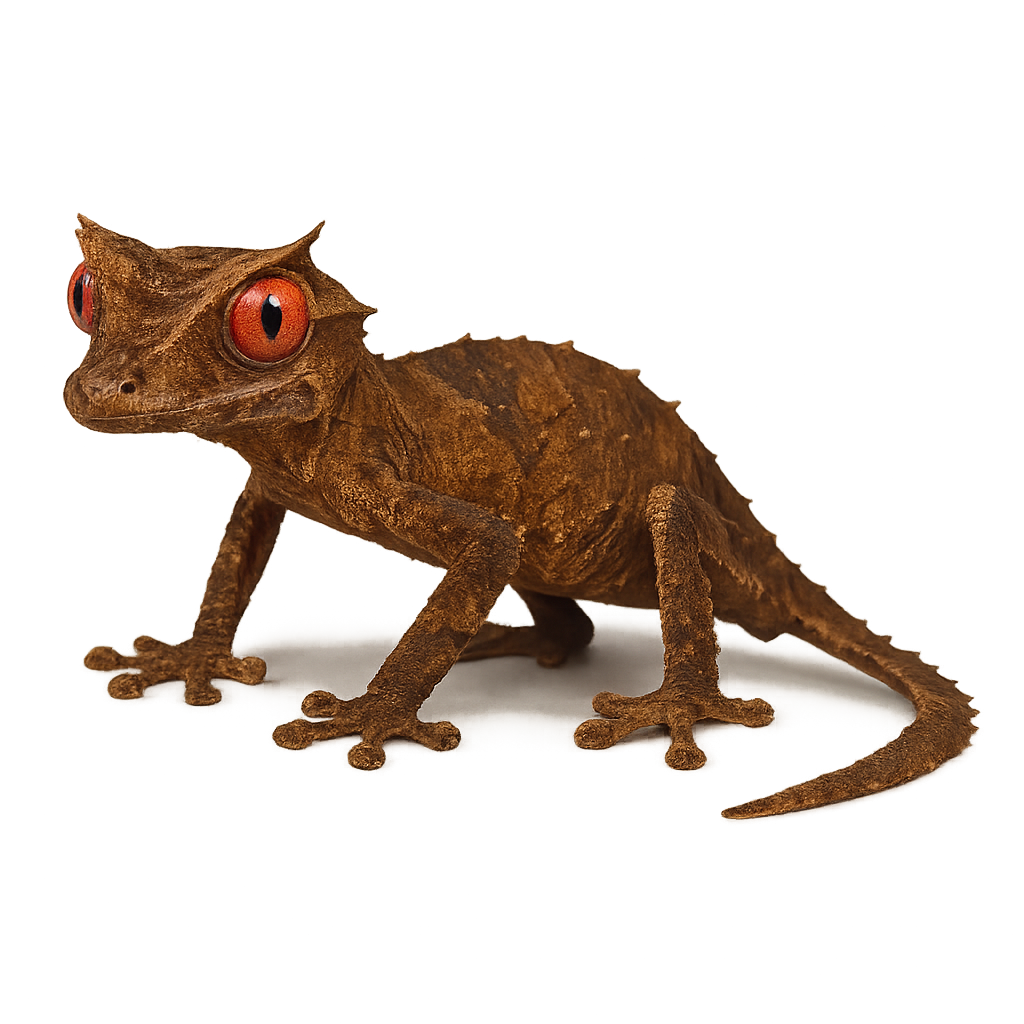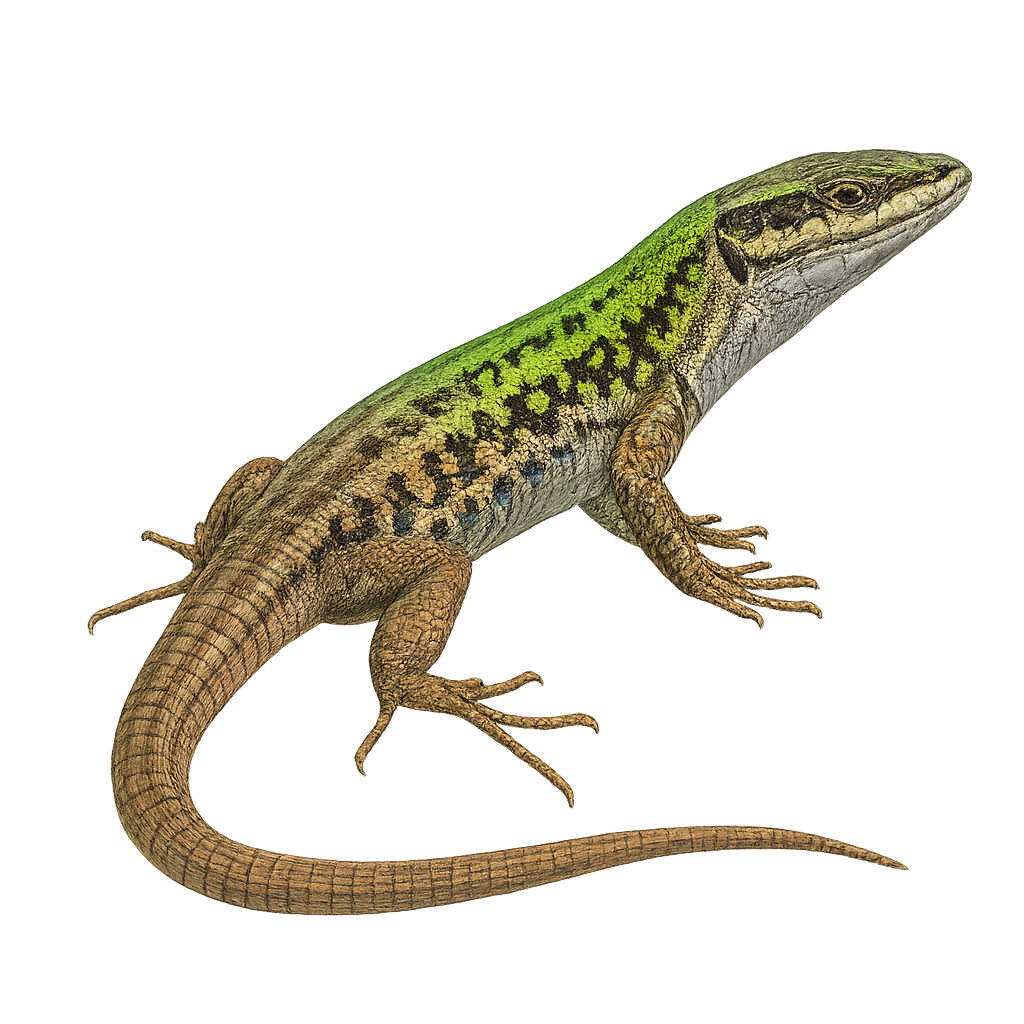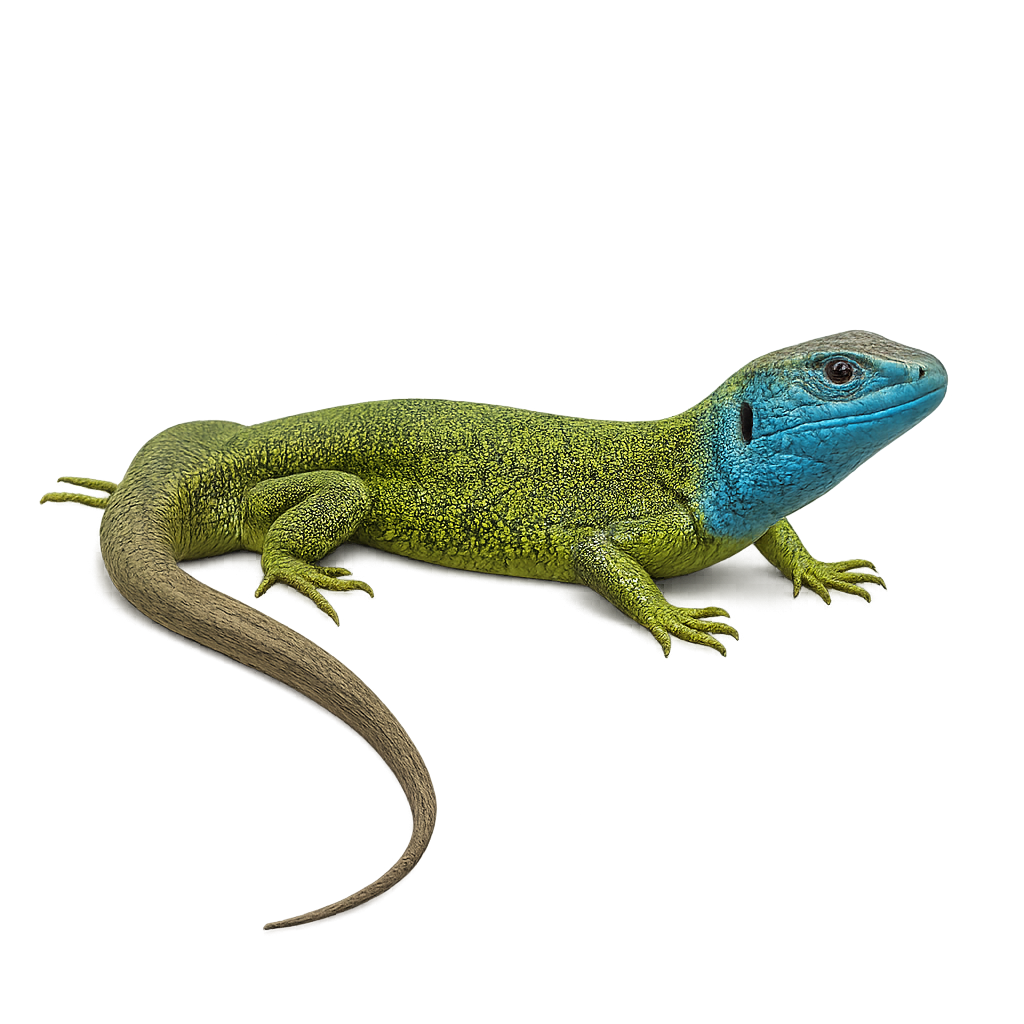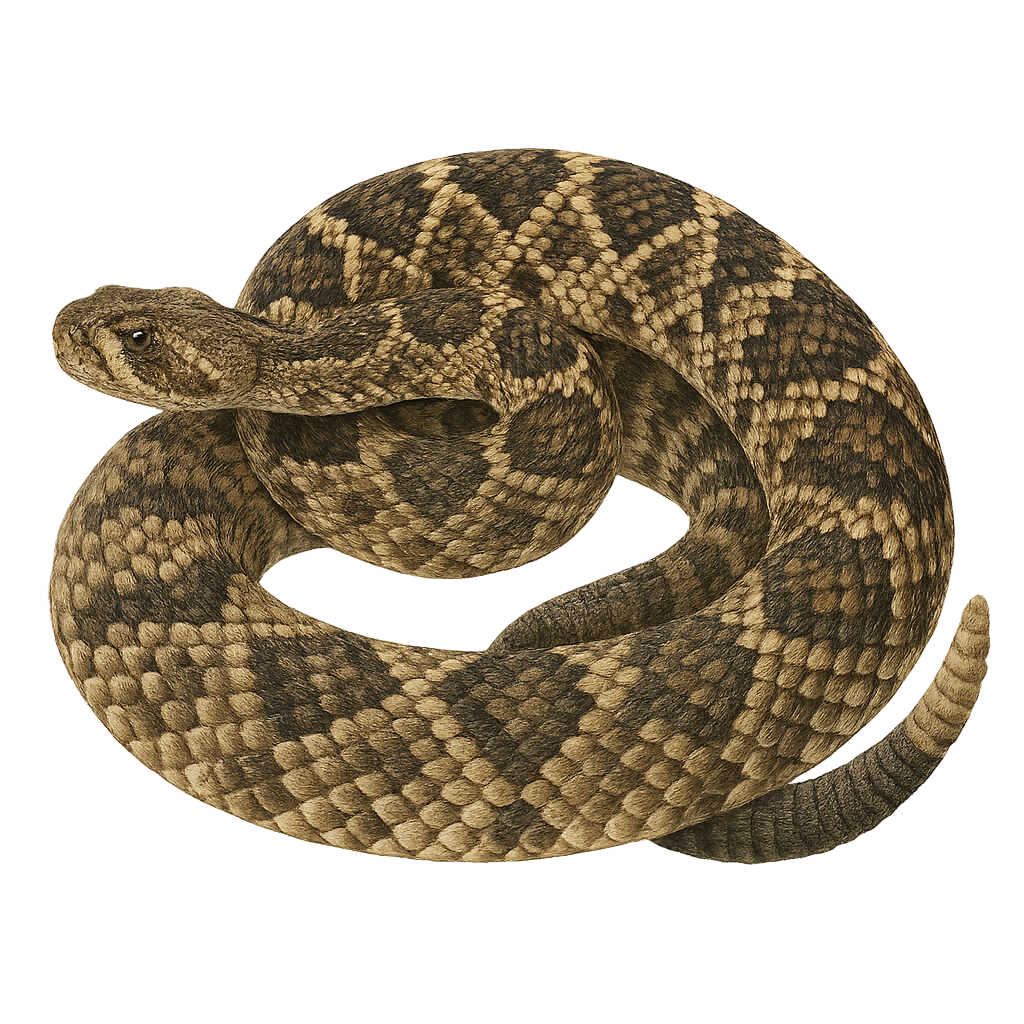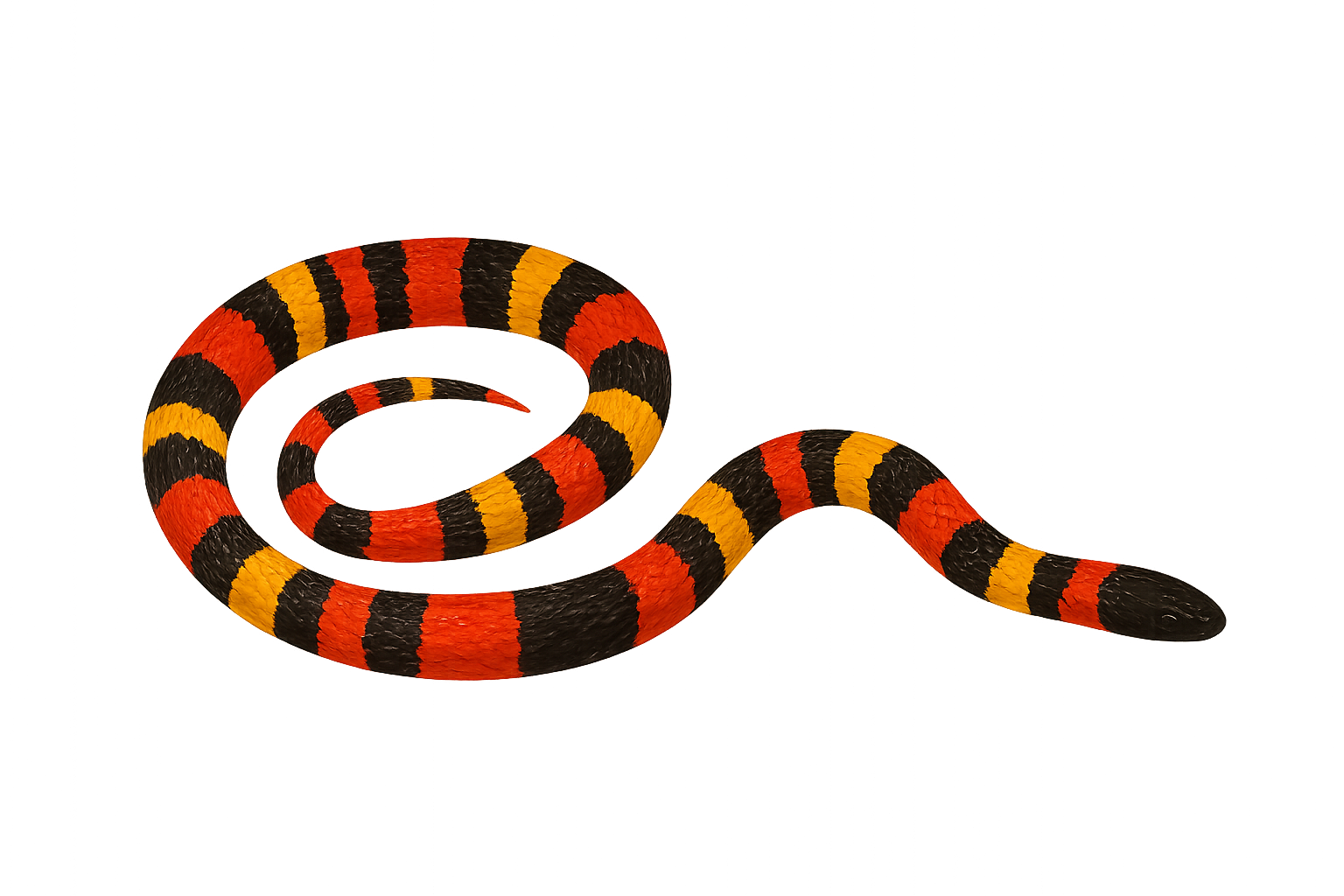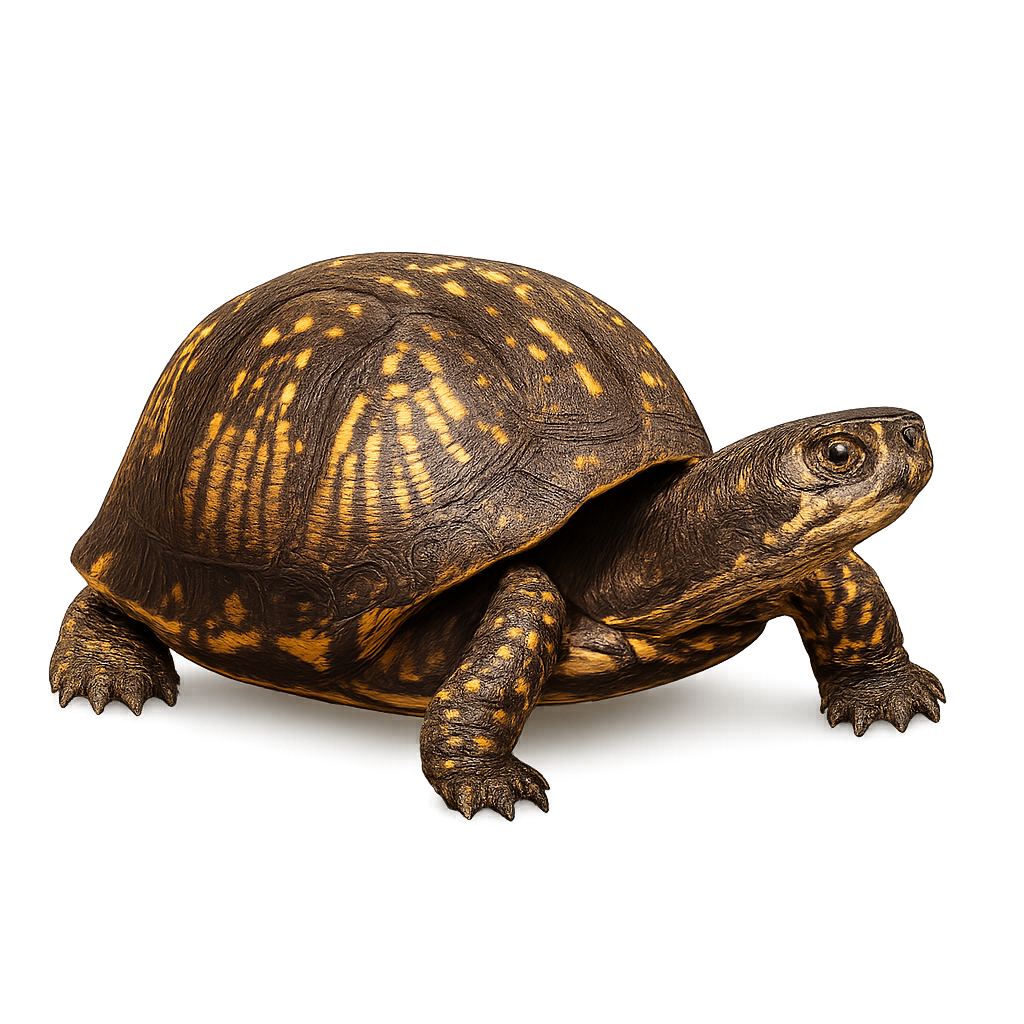Animal Species Profiles:
Mammals, Birds, Reptiles & More
Explore wildlife from around the world with the species profiles on WildlifePhotographer. Mammals, birds, reptiles… For each species, you’ll find key information such as habitat, observation periods, distribution, and photography tips. Want more details and advanced features? Download the full app for the complete experience.
Egyptian spiny-tailed lizard
Uromastyx aegyptia
The Uromastyx aegyptia, or Egyptian spiny-tailed lizard, is a robust lizard of 30–40 cm snout-vent length, with a long spiny tail used for defense. It inhabits rocky deserts and semi-arid steppes of North Africa and the Middle East. An opportunistic herbivore, it feeds on leaves, flowers, and succulent fruits. During the breeding season (April 1 to May 31), males become more colorful and perform threat displays, whipping their spiny tails in rivalry.
European Pond Turtle
Emys orbicularis
The European Pond Turtle is a medium-sized freshwater turtle, measuring between 12 and 20 cm in length. Its carapace is oval, slightly domed, dark brown to blackish, with yellow spots. The plastron is yellow with dark spots. The feet are webbed, adapted for swimming. This species inhabits stagnant or slow-flowing waters, such as ponds, marshes, and slow rivers, with dense aquatic vegetation. It is omnivorous, feeding on small aquatic invertebrates, fish, amphibians, and plant matter. Reproduction occurs in spring, with the female laying 8 to 10 eggs in loose, sunny soil. Incubation lasts about 80 to 110 days, with hatchlings emerging in late summer or the following spring. Listed as Near Threatened by the IUCN, the European Pond Turtle is protected in many European countries.
European Cat Snake
Telescopus fallax
The Telescopus fallax, commonly known as the European Cat Snake, is a medium-sized snake, typically measuring between 70 and 100 cm in length. Its coloration ranges from gray to brown, often adorned with dark saddle-shaped patterns. This snake is primarily nocturnal and feeds on small vertebrates, including lizards and rodents. It has rear-fanged venomous teeth, but its venom is harmless to humans. Found in Mediterranean regions, it prefers rocky and dry habitats. Although discreet, it can be observed during its nocturnal outings.
Ebenau's Leaf-tailed Gecko
Uroplatus ebenaui
The Uroplatus ebenaui is a fascinating gecko endemic to Madagascar, renowned for its exceptional ability to blend into its surroundings. Its brown coloration and flattened shape allow it to resemble a dead leaf, providing perfect camouflage against predators. Measuring about 10 cm in length, it has a leaf-shaped tail that enhances its mimicry. This nocturnal gecko is primarily arboreal, inhabiting humid tropical forests. It feeds on insects and other small invertebrates. Its reproduction is oviparous, with eggs laid in the forest litter. Although discreet, it plays a crucial role in the ecosystem by regulating insect populations.
Erhard's Wall Lizard
Podarcis erhardii
The Erhard's wall lizard, or Podarcis erhardii, is a species of lizard found primarily in the Aegean islands and some regions of mainland Greece. This small reptile, typically measuring between 18 and 25 cm in total length, is known for its ability to adapt to various environments, ranging from rocky areas to open grasslands. Its coloration varies from brown to green, often with band or spot patterns, allowing it to blend effectively into its natural habitat. Active mainly during the day, the Erhard's wall lizard feeds on insects, spiders, and other small invertebrates. Although relatively common in its range, it is sensitive to habitat disturbances, particularly due to human development and tourism activities.
European green lizard
Lacerta viridis
The European green lizard is a slender lacertid measuring 15–20 cm in body length, with a tail up to 1.5 times the body length. It has vivid green dorsal coloration and a yellowish-green belly. It inhabits sunny grasslands, woodland edges and rocky areas, feeding on insects and spiders. During the breeding season, males develop brighter colors and perform territorial displays on exposed rocks.
Eastern Diamondback Rattlesnake
Crotalus adamanteus
The Eastern Diamondback Rattlesnake, Crotalus adamanteus, is the largest rattlesnake species in North America, reaching lengths of up to 2.4 meters. It is easily identified by its distinctive diamond-shaped patterns along its back. This venomous snake primarily inhabits pine forests, marshes, and coastal prairies in the southeastern United States. Although feared for its potentially deadly bite, it is generally reclusive and avoids human encounters. Its coloration provides excellent camouflage in its natural habitat. The Eastern Diamondback plays a crucial role in the ecosystem by controlling small mammal populations.
Eastern coral snake
Micrurus nigrocinctus
The Coral Snake is a venomous species found primarily in Central and South America, notably in Mexico, Costa Rica, Panama, and Colombia. It typically measures between 50 and 80 cm in length, although some specimens can reach up to 1 meter. It is distinguished by its red, black, and yellow rings, giving it a vibrant and easily recognizable appearance. Although coral snakes are venomous, their bite is rarely fatal due to their small size and the difficulty of delivering the bite, but it can cause severe symptoms due to their neurotoxin. These snakes typically live in tropical forests, where they hide under dead leaves or in shrubs. They primarily feed on small reptiles, amphibians, and young snakes.
Eastern box turtle
Terrapene carolina
The Eastern box turtle is a small terrestrial turtle (10–15 cm shell length) with a high-domed carapace marked by radiating yellow and orange patterns on an olive-brown background. Endemic to eastern North America, it inhabits moist forests, meadows, and wetlands, feeding on invertebrates, berries, and fungi. During the breeding season (April–October), females dig shallow nests to lay 3–8 eggs.



